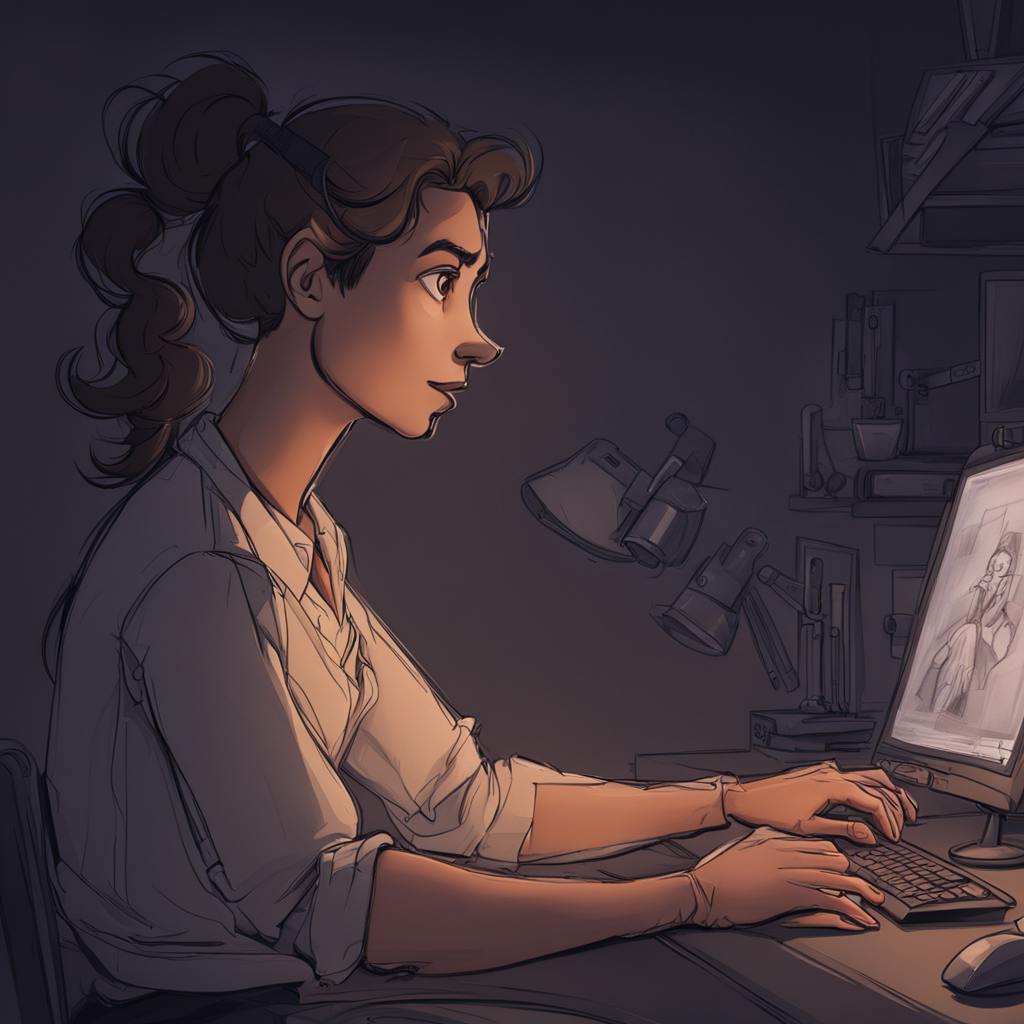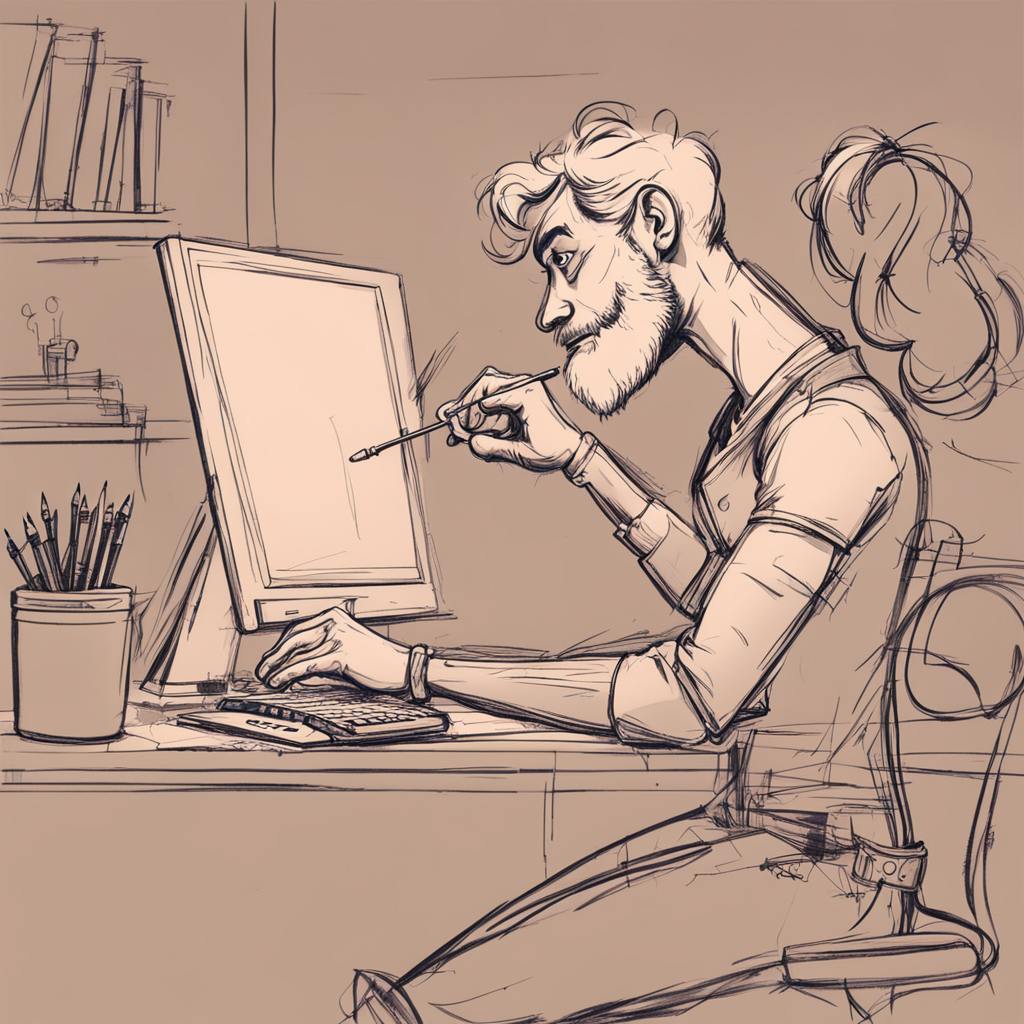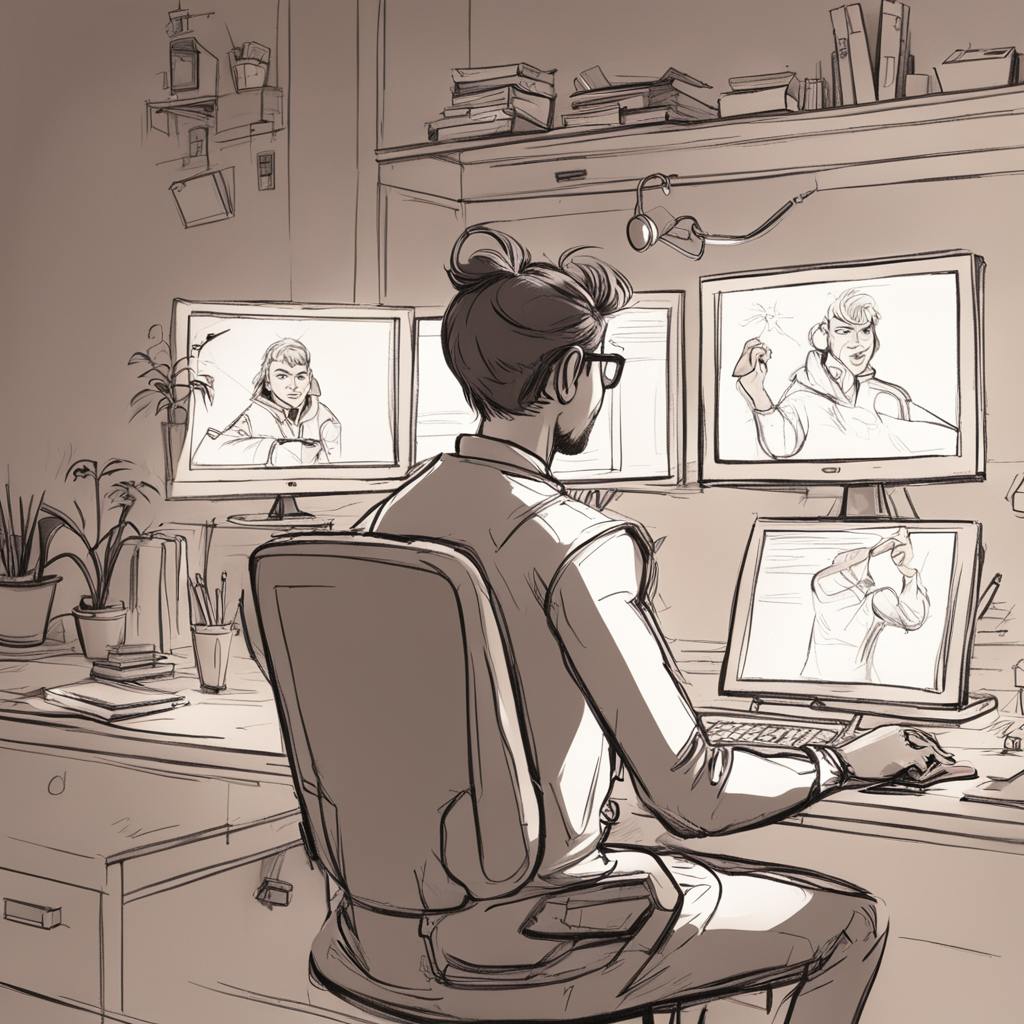In the competitive world of graphic design, a compelling graphic design portfolio is your ultimate tool. It is a tangible reflection of your skills, creativity, and professional experience, acting as the bridge between you and potential clients or employers. Whether you are a budding designer or a seasoned professional, perfecting your graphic design portfolio is crucial for standing out in the crowded marketplace.
Clear and Concise Communication
Define Your Purpose:
Before embarking on the creation of your graphic design portfolio, it's essential to outline its purpose clearly. Are you aiming to attract freelance clients, secure a full-time job, or apply for a design school? Understanding your objectives will guide the selection of works that best represent your abilities and align with your career goals.
Showcase Diverse Projects:
A well-rounded graphic design portfolio should encompass a variety of projects that highlight your versatility. Include examples of branding, digital and print design, UX/UI designs, and any other relevant work that demonstrates your range. Producing a mix of different styles and media not only showcases your adaptability but also appeals more broadly to diverse client needs.
Compelling Presentation
Prioritize Quality Over Quantity:
Less is often more when it comes to creating an impactful graphic design portfolio. Focus on presenting only your best work that tells a story about your design journey and capabilities. Each piece should reflect strategic thought, innovation, and attention to detail, which are qualities that truly set a professional designer apart.
Create a Cohesive Narrative:
Your portfolio is not just a collection of work; it should narrate your journey and ethos as a designer. Arrange your projects to create a seamless progression that conveys your growth and expertise. Providing context for each project—such as objectives, your role, and results—adds depth and shows the value you can bring to a potential employer or client.
Credible Foundation
Present Work Professionally:
The manner of presentation can vastly impact the perceived professionalism of your graphic design portfolio. Use high-quality images and ensure that your portfolio is meticulously organized and easy to navigate. For digital portfolios, ensure mobile compatibility and quick loading times to enhance user experience.
Tailor Your Portfolio for Your Audience:
Different audiences may have varied expectations and preferences. Customizing your graphic design portfolio for specific targets, whether they be art directors, potential clients, or design communities, shows attention to detail and a client-focused mindset, elevating your credibility in their eyes.

AI made with Mili Fay
Addressing Frequently Asked Questions
What should not be included in a graphic design portfolio?
Avoid including work that is outdated, lacks passion, or doesn't reflect your desired trajectory. Abstract, unfinished projects or those not relevant to your goal should be omitted to maintain quality and precision in your portrayal.
How often should a graphic design portfolio be updated?
Regular updates ensure your portfolio remains fresh and relevant. Aim to refresh your portfolio every six months or after completing a particularly significant project, thus ensuring it evolves alongside your skills and career developments.
Frequently Asked Questions: Building an Exceptional Graphic Design Portfolio
Creating a graphic design portfolio that truly stands out in a competitive industry is a crucial step in showcasing your talent and attracting potential clients or employers. Below, we dive into some of the most common questions regarding building an outstanding graphic design portfolio and provide comprehensive answers to guide you through the process.
What should I include in my exceptional graphic design portfolio?
An exceptional graphic design portfolio is a carefully curated selection of your best work that showcases your skills, style, and versatility. Here’s what to include:
- Diverse Work Samples: Include projects that highlight a range of skills such as branding, typography, digital design, print work, and any other areas relevant to your expertise. This demonstrates your versatility as a designer.
- Case Studies: Go beyond showing the finished product by including case studies. Explain your design process, challenges faced, and solutions provided for each project. This highlights your critical thinking and problem-solving abilities.
- Personal Projects: Incorporate any personal or passion projects that showcase your unique style or experimental work. This gives potential employers or clients insight into your creative direction and personal aesthetic.
- Client Work with Context: If you have worked with clients, include these projects with context on the brief, objectives, and results. Always ensure you have permission to share client work.
- Varied Formats: Display your work in a variety of formats — mock-ups, videos, and GIFs can make the work more engaging and interactive.
- About Me/Resume: Include a concise biography or resume section that outlines your education, experience, and a little about your design philosophy or interests.
- Contact Information: Make sure your contact information is easy to find. Potential clients or employers need an effortless way to get in touch.
How can I master the art of building a graphic design portfolio?
Building a graphic design portfolio isn't just about what you include but how you present it. Here are key considerations:
- Consistency in Presentation: Your portfolio should have a consistent visual style that aligns with your brand as a designer. This includes color schemes, font choices, and layout design.
- User-Friendly Design: Ensure your portfolio is easy to navigate. A clean and intuitive user interface can make a big difference in how your work is perceived.
- Quality Over Quantity: It’s better to showcase fewer, high-quality projects than to overwhelm viewers with every piece you’ve ever done. Aim for 10-15 strong projects.
- Regular Updates: Keep your portfolio current by adding new projects and removing or revising outdated ones.
- Digital and Physical Versions: While an online portfolio is essential, having a physical version ready can be beneficial for interviews or presentations.

AI made with Mili Fay
What are some key factors in creating an exceptional graphic design portfolio?
Creating an exceptional portfolio involves adhering to certain key principles:
- Clarity and Focus: Ensure the portfolio communicates who you are as a designer and is targeted towards the type of work or clients you are seeking.
- Show Real Impact: Where possible, demonstrate the impact your design had on the client’s business or project goals. This could be increased sales, improved user engagement, etc.
- Narrative and Storytelling: Weave a story with each project that captures the problem, the creative process, and the final outcome. This helps engage the viewer more effectively.
- Originality and Authenticity: Try to maintain your unique voice and perspective throughout your portfolio. Original work will differentiate you from others in the field.
What strategies can I use to improve my graphic design portfolio?
Improving your portfolio is an ongoing process. Here are some strategies that can help:
- Seek Feedback: Get constructive criticism from peers, mentors, or colleagues. Fresh eyes can provide invaluable insights and highlight areas you might have overlooked.
- Engage with the Community: Participate in design forums, and social media groups, or attend workshops. Not only does this aid learning, but it also provides exposure to industry trends and networking opportunities.
- Experiment with New Technologies: Incorporate interactive elements, such as animation or 3D designs if relevant, to make your portfolio cutting-edge.
- Tailor Your Portfolio: Customize sections of your portfolio to cater to specific jobs or clients when applying. Highlight the most relevant projects that pertain to that opportunity.
Building an exceptional graphic design portfolio is about leveraging your creative strengths while effectively communicating your capabilities. As you grow and evolve as a designer, let your portfolio be a dynamic reflection of your journey and the impact you aim to make in the design world.
Conclusion
Mastering the art of building an exceptional graphic design portfolio lies in understanding its purpose, curating diverse yet cohesive content, and presenting it professionally. Throughout this journey, focusing on quality over quantity and tailoring your approach to your audience will enhance both your portfolio's impact and your credibility as a designer. An outstanding graphic design portfolio not only showcases your technical skills but also narrates your story, positioning you effectively in the world of graphic design.

